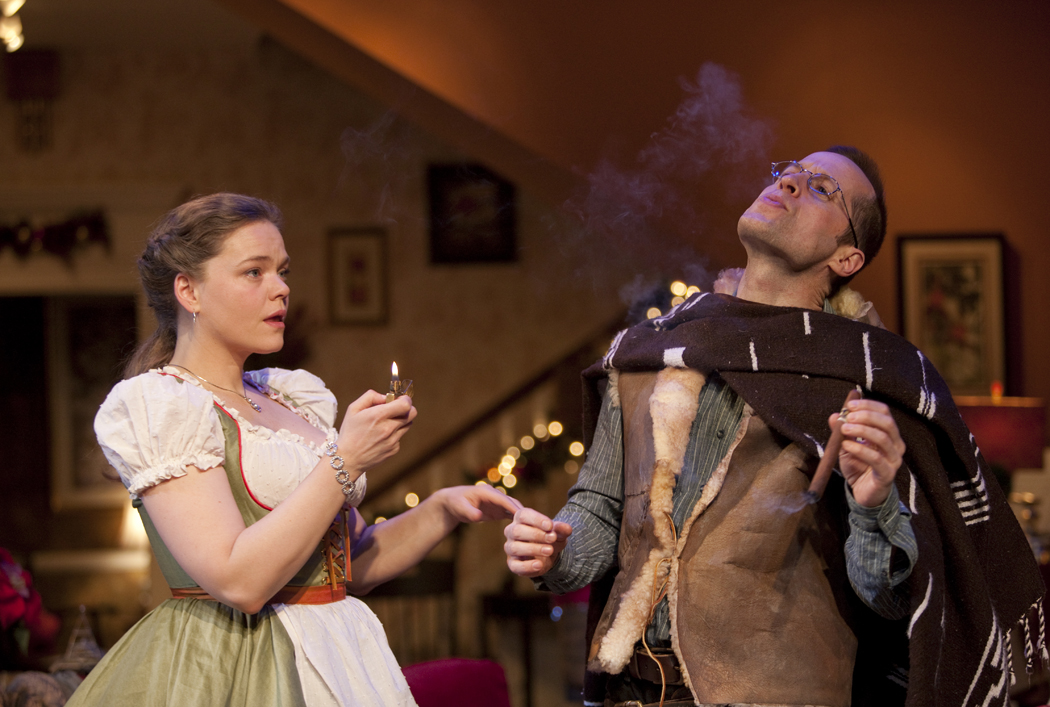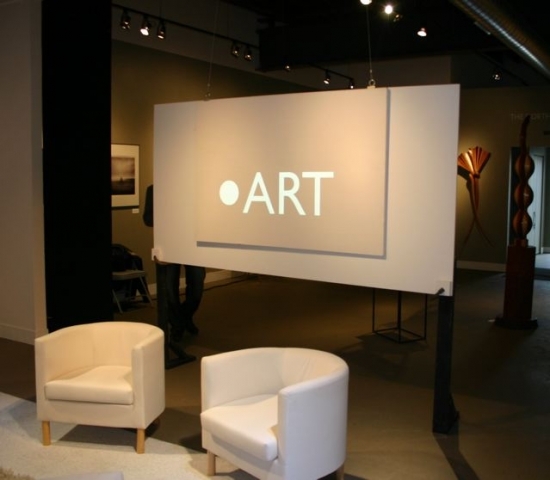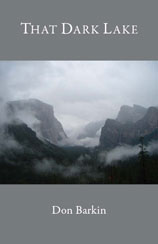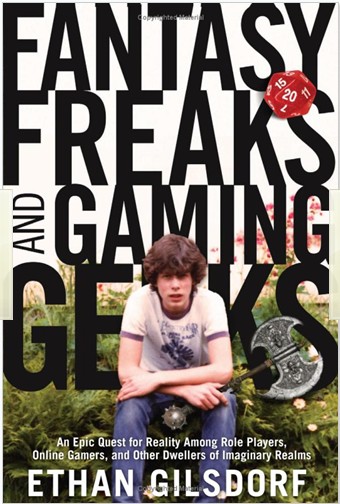 Director Devin Brain and the cast of the current Yale Summer Cabaret show, The Phoenix, have given themselves quite a task: to render a situation that could be either fantasy or reality, when either is potentially alienating. Based on a haunting story by best-selling Australian author Isobelle Carmody, the play has been derived by the cast via an improvisational process of discovery, which means that the presentation is not scripted so much as agreed upon through trial and error during a long period of gestation.
Director Devin Brain and the cast of the current Yale Summer Cabaret show, The Phoenix, have given themselves quite a task: to render a situation that could be either fantasy or reality, when either is potentially alienating. Based on a haunting story by best-selling Australian author Isobelle Carmody, the play has been derived by the cast via an improvisational process of discovery, which means that the presentation is not scripted so much as agreed upon through trial and error during a long period of gestation.
If that sounds daunting, it should. But it also may be the best way to approach a story like this which relies so much on shared fantasy among its characters. The logic seems to be: if the actors are making things up together to make the play exist in the first place, they'll be all the more convincing as the fantasizing characters they portray.
William (Ben Horner), we're told, is the "local feral child" -- an amusing appellation, but one that means his character will be hard to read. He addresses Ragnar (Shannon Sullivan) as a princess -- and not figuratively. He actually seems to believe they are foundlings from another world, left to wander a beach deserted but for a wounded gull Ragnar names Greedy. In addition to using a bird puppet, the play fleshes out the bird via William Demeritt, complete with feathers at his temples, a brace, and a crutch, appearing at times like a guardian spirit fallen on hard times as he manipulates dolls that emulate the scenes the actors play out.
Though the dark backstories of Ragnar and William are a bit sketchily thrown at us before we have much idea of what's going on, Horner and Sullivan fascinate us with the strange mix of desperation, denial, and happy inspirations that unite the duo. One device I particularly liked was Sullivan showing us, mutely, a series of photographs while looking at us with facial expressions that telegraphed exactly how Ragnar felt about each image and how we should read them. That didn't mean we necessarily grasped the narrative, but the effort to communicate it was palpable.
But when Torvald (Joby Earle), a charismatic boy from a different class and school, enters the scene, things really begin to click. Before that we're just trying to follow the logic of a folie à deux that seems harmless if unsettling; once the third character is introduced we have a conflict. Will he enter -- as he seems to -- the rather grand, Dungeons and Dragons-like world the other two mentally inhabit, or repudiate it? And if he does enter it, is he sincere or after something?
At this point in the story, the three principals act out their interactions via the dolls, and suddenly a feeling of truly being transported to those fabled lands of childhood playtime comes to life. And once Brain and company has us entertaining how wonderfully trusting and expressive and vulnerable that world of shared make believe can be, they've got us primed for where they want to take us. It becomes an uncompromising and tragic play about the unwritten laws we intuit and then either respect or betray when entering into private, personal bonds with one another.
As ever at the Cabaret, it's the unexpected touches that impress us as theater: the song William makes up, seemingly on the spot; Ragnar's bike helmet; Torvald's inspired use of an overhead projector; moody musical tones, particularly an expressive acoustic guitar part, that surrounds the action, provided by musical director Nathan Roberts; and, finally, that frail craft -- a boat upon a boat -- that gives us poetry as closure.
The Phoenix, from the story by Isobelle Carmody; adapted by Devin Brain and the cast; directed by Devin Brain
July 1-17, 8 p.m.; additional 2 p.m. show on the 10th; Yale Summer Cabaret, 203.432.1567

 The Long Wharf Theatre production of Henrik Ibsen's A Doll's House managed a surprising feat: it made the play more entertaining without significantly altering it. If you're a purist who wants to see Ibsen played straight, it does that; but if you think that a play like ADH, with its winsome wifey who gets into some hot water due to an "innocent" forgery, then gets out of it only to slam the door on her happy-ever-after home, is a bit dated and could use some kind of make-over, well, this show does that too.
The Long Wharf Theatre production of Henrik Ibsen's A Doll's House managed a surprising feat: it made the play more entertaining without significantly altering it. If you're a purist who wants to see Ibsen played straight, it does that; but if you think that a play like ADH, with its winsome wifey who gets into some hot water due to an "innocent" forgery, then gets out of it only to slam the door on her happy-ever-after home, is a bit dated and could use some kind of make-over, well, this show does that too.
 “Art” by Yasmina Reza first appeared in Paris in 1995. Shortly afterwards it was translated into English for the British stage and turned up at the Royale Theatre (now the Bernard B. Jacobs Theatre) on Broadway on March 1, 1998. The cast was stellar for this three-person play, performed without intermission. The six-month Broadway run included Alan Alda, Victor Garber, and Alfred Molina, all well known film and theatre performers.
“Art” by Yasmina Reza first appeared in Paris in 1995. Shortly afterwards it was translated into English for the British stage and turned up at the Royale Theatre (now the Bernard B. Jacobs Theatre) on Broadway on March 1, 1998. The cast was stellar for this three-person play, performed without intermission. The six-month Broadway run included Alan Alda, Victor Garber, and Alfred Molina, all well known film and theatre performers. Bernard-Marie Koltès' Battle of Black and Dogs (Combat de nègre et de chiens), translated by Michaël Attias, and directed by Robert Woodruff, is the second play this season at the Yale Rep to take us to vague environs in Africa to witness a drama among a small group of people cut off from the world at large. Like Danai Gurira's Eclipsed, BBD places us in a compound, but this time it's a "construction site run by a foreign company in a West African country, anywhere from Senegal to Nigeria," where the main characters, white and French, are confronted by Alboury (Albert Jones), a member of a local Wolof tribe who wants to retrieve the body of a worker at the site who has recently died or been killed.
Bernard-Marie Koltès' Battle of Black and Dogs (Combat de nègre et de chiens), translated by Michaël Attias, and directed by Robert Woodruff, is the second play this season at the Yale Rep to take us to vague environs in Africa to witness a drama among a small group of people cut off from the world at large. Like Danai Gurira's Eclipsed, BBD places us in a compound, but this time it's a "construction site run by a foreign company in a West African country, anywhere from Senegal to Nigeria," where the main characters, white and French, are confronted by Alboury (Albert Jones), a member of a local Wolof tribe who wants to retrieve the body of a worker at the site who has recently died or been killed. Review of
Review of 

 Meyer Levin, a writer best-known for his novel Compulsion, the story of the Leopold-Loeb murder and trial, wanted to be known as the man who wrote a play based on the diary of Anne Frank. He met with Otto Frank to discuss that possibility before Anne’s book had even been published in the U.S.
Meyer Levin, a writer best-known for his novel Compulsion, the story of the Leopold-Loeb murder and trial, wanted to be known as the man who wrote a play based on the diary of Anne Frank. He met with Otto Frank to discuss that possibility before Anne’s book had even been published in the U.S.
 Reading Charlotte Garrett Currier’s Shadow and Light: A Retrospective left me conflicted: Had Ijust finished a book of poetry or listened to a Charles Auguste De Beriot movement? Currier incontestably has a vigilant ear for the metrical line unit, creating impeccable rhythms, balancing the traditional formalities of meter and rhyme scheme. Her work is a unique, eye-pleasing integration of extant linguistic idiosyncrasies with avant-garde typography. Perhaps it is fortuitous that I do not have to answer my question of whether Currier writes poetry or composes music. As Dylan Thomas once offered, “Poetry is what makes me laugh or cry or yawn, what makes my toenails twinkle, what makes me want to do this or that or nothing.” At heart, the intent of poetry is to make the audience feel, and feel deeply, and Currier, through this highly metrical almost-memoir, certainly reminds us what it is to wholly feel—whether we wish to be so reminded or not.
Reading Charlotte Garrett Currier’s Shadow and Light: A Retrospective left me conflicted: Had Ijust finished a book of poetry or listened to a Charles Auguste De Beriot movement? Currier incontestably has a vigilant ear for the metrical line unit, creating impeccable rhythms, balancing the traditional formalities of meter and rhyme scheme. Her work is a unique, eye-pleasing integration of extant linguistic idiosyncrasies with avant-garde typography. Perhaps it is fortuitous that I do not have to answer my question of whether Currier writes poetry or composes music. As Dylan Thomas once offered, “Poetry is what makes me laugh or cry or yawn, what makes my toenails twinkle, what makes me want to do this or that or nothing.” At heart, the intent of poetry is to make the audience feel, and feel deeply, and Currier, through this highly metrical almost-memoir, certainly reminds us what it is to wholly feel—whether we wish to be so reminded or not.